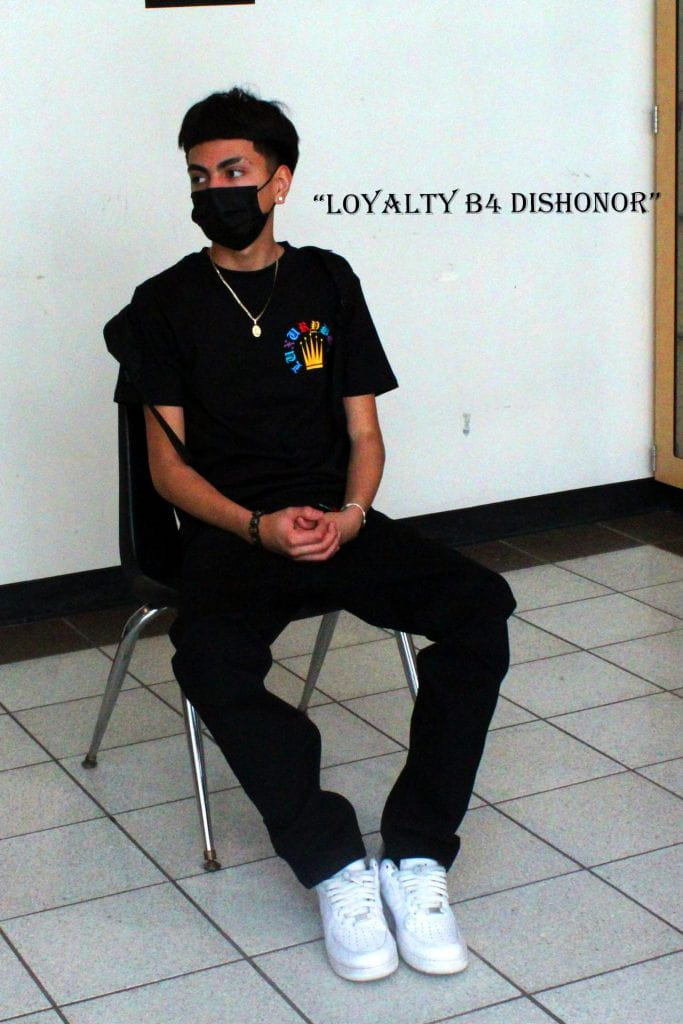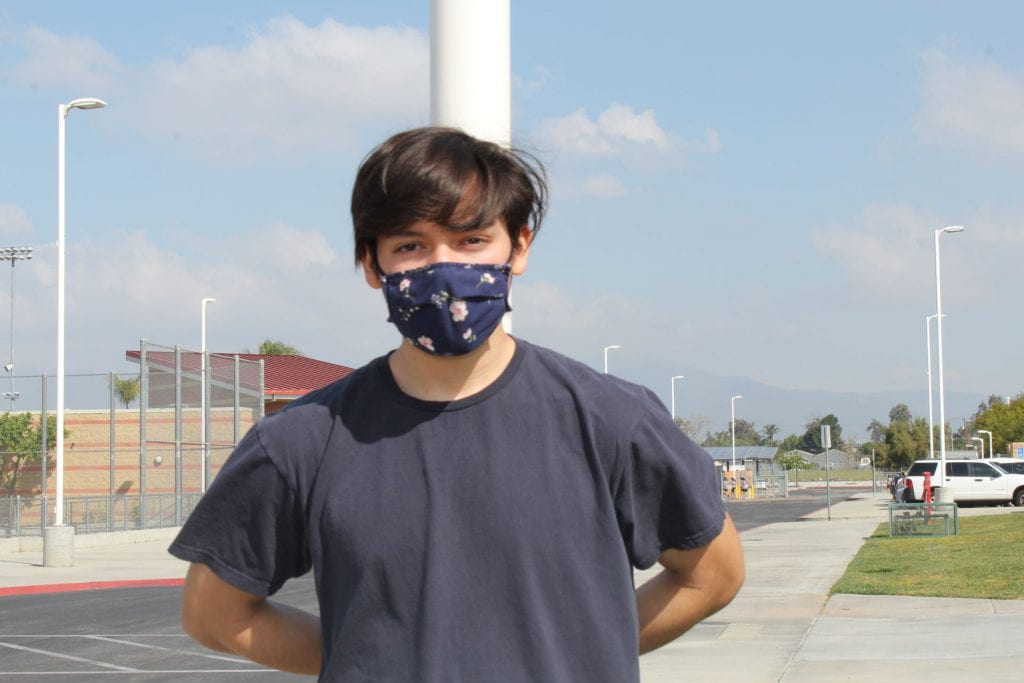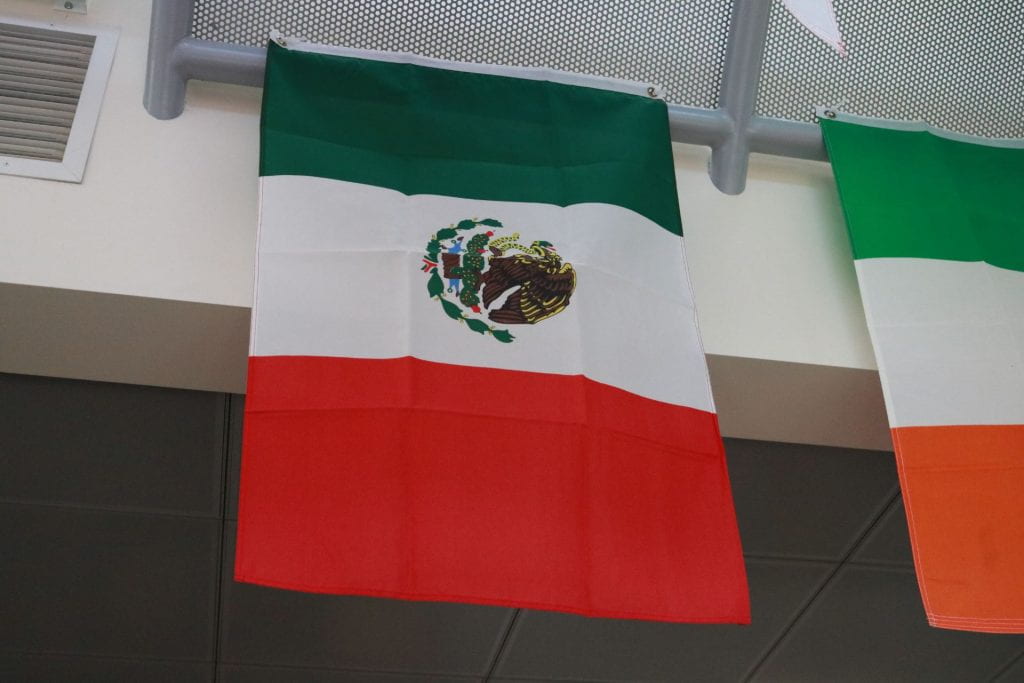

I was told “Loyalty B4 dishonor” and forever be stuck on me. My audience would consider thinking about their actions before they do something risky
Alphabet Photography

Fill Flash Outside



When the subject is underexposed due to the deficit of sunlight and other lights or sometimes due to the backlight, fill flash is supplemented to correctly expose the subject. As a matter of fact, fill flash can produce a stellar outcome if leveraged deftly and accurately. No matter how the subject looks like, the utilization of the fill flash can ramp up the overall aesthetic of a portrait and provide a high-end vibe. When it comes to portraits, fill flash can spice up them by ironing out the unwanted shadows and dark circles under the eyes of your subject. On top of that, it can evenly scintillate your subject on luminous and shiny days.
Silhouette Story

ARTICLE READ AND WRITE
The technique of silhouetting can be used to add glamour and intensity to many everyday photographs – including still life’s, vacation pictures and even family photographs. Handled properly, the technique will inject excitement and drama into standard photographs.A picture of a sailboat silhouetted against the setting sun, a fireman battling a blaze, or a solitary figure walking along a beach are all familiar examples of this technique. Each photo works well because the silhouette adds to the mood of an already strong image, intensifying the mood with a sense of tranquility, danger, or loneliness. composition and exposure an exciting and artistic image will jump to the forefront, lending the photograph a dramatic touch that might otherwise be missing. A sailboat against the sky for instance, can be balanced by docks silhouetted in the foreground. Likewise, the entire foreground itself can be used to frame the subject, as in a shot taken through an open arch or doorway. By keeping the main subject to the far left or right and allowing the center- weighted meter to do its work on the background, a proper exposure for a silhouette will be obtained. Another way is by setting the ASA (ISO) number higher than is required for the actual film that is being used – meaning it will ”fool” the camera into thinking the film is more sensitive to light than it actually is.
PAINTING WITH LIGHT

This caught my eye because of how clear this image is. The cars in the background that makes it look like it was one of there’s. The bridge is real clear as well in the background. One of the cars went fast enough to male the tail lights have an effect.

CULTURAL IDENTITY PHOTOGRAPHS

The Mexico flag is what country my parents are from

The guitar In my living room is represents the music we listen to in our house

Tacos are 1 big thing my family like eating and also making
CULTURAL PHOTOGRAPHY: READ AND RESPOND
CULTURAL PHOTOGRAPHY: READ AND RESPOND
When most people ask you that question, they are not trying to incite an existential crisis; they just want to understand what your life with a camera looks like. Do you take pictures of elephants, icebergs, or weddings? For the sake of conversation, they would like to have some idea as to what you do. It is innocent enough, but it can create a bit of internal turmoil, or at least it did for me. When someone asks us about who we consider ourselves to be, it can create a range of emotions. For me, the question pointed to a gap in my professional career. I could not exactly put my finger on what I was doing. For a few years, I used to say I did ‘documentary photography,’ but the term never sat well with me. It never seemed to get at the root of my work, nor did it shed light on my approach, which I’ve always seen as different from documentary work because it is not objective. I am personally fascinated by people’s points of view and try to express my projects from my point of view, not an objective one.
Eventually I started to understand that my main interest was in culture. My interest lies in the visible and invisible forces that converge to create something we call culture, that is historically put in contrast to the thing we call nature. But was ‘cultural photography’ a real thing? As I started my research, it did not seem to exist. There were ‘culture’ categories in photo contests – for photographers who spent most of their time with tribal culture – but the genre just did not seem to be out there. Google the term and see what you find. I found that culture did not mean just remote cultures. There is plenty of culture that exists within cities and densely populated places. The sort of exoticism that dominates photography of tribal cultures does not resonate with me. As Chief Jimmy of the Naihne tribe in Tanna once said to me, “We have traditional dress, but we don’t wear it all the time, and we’ve stopped putting it on for photographers who show up wanting to see what ‘traditional culture’ looks like. Most of the time I just wear a t-shirt and this jacket. It is more practical.”
The work I was interested in making required that I step into a culture and develop my own point of view after years of research, first hand experience, and developing a point of view. But wait, isn’t that was National Geographic does? In 2012, I pitched the early phases of my project “Lost Ceremony” to a bunch of editors. One of them was Elizabeth Krist at National Geographic. She said that Nat. Geo. had not done such a project on Japan since the 1970s and that timing wise it could be good. But the one problem was that it all needed to be in color. The project was going to mainly be in black and white because it reflected an aspect of the Japanese culture that would be embedded in the work. This is editorial suicide … and I do not advise sticking to your guns on something like this unless you are really willing to lose the opportunity, which I did.
WHAT IS YOUR COLOR
